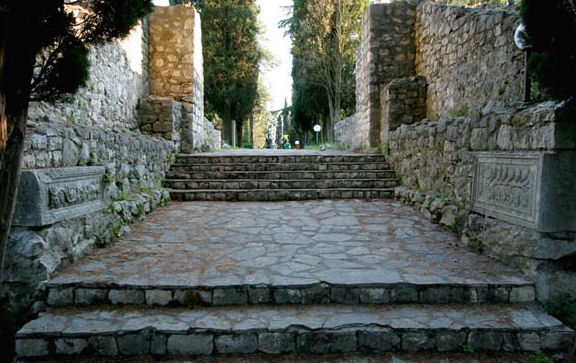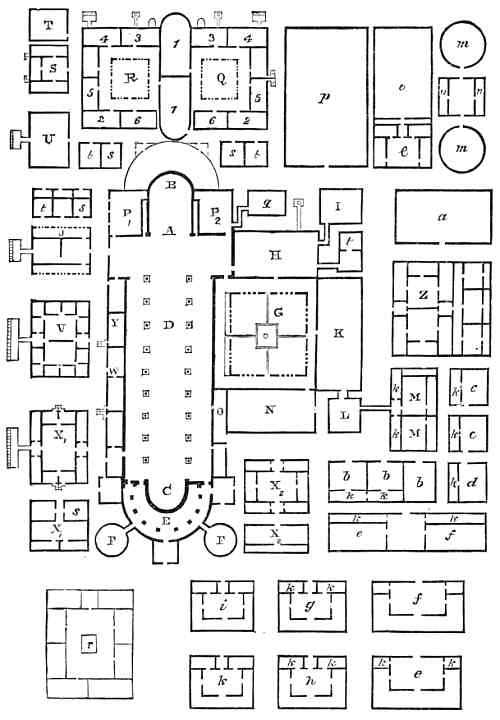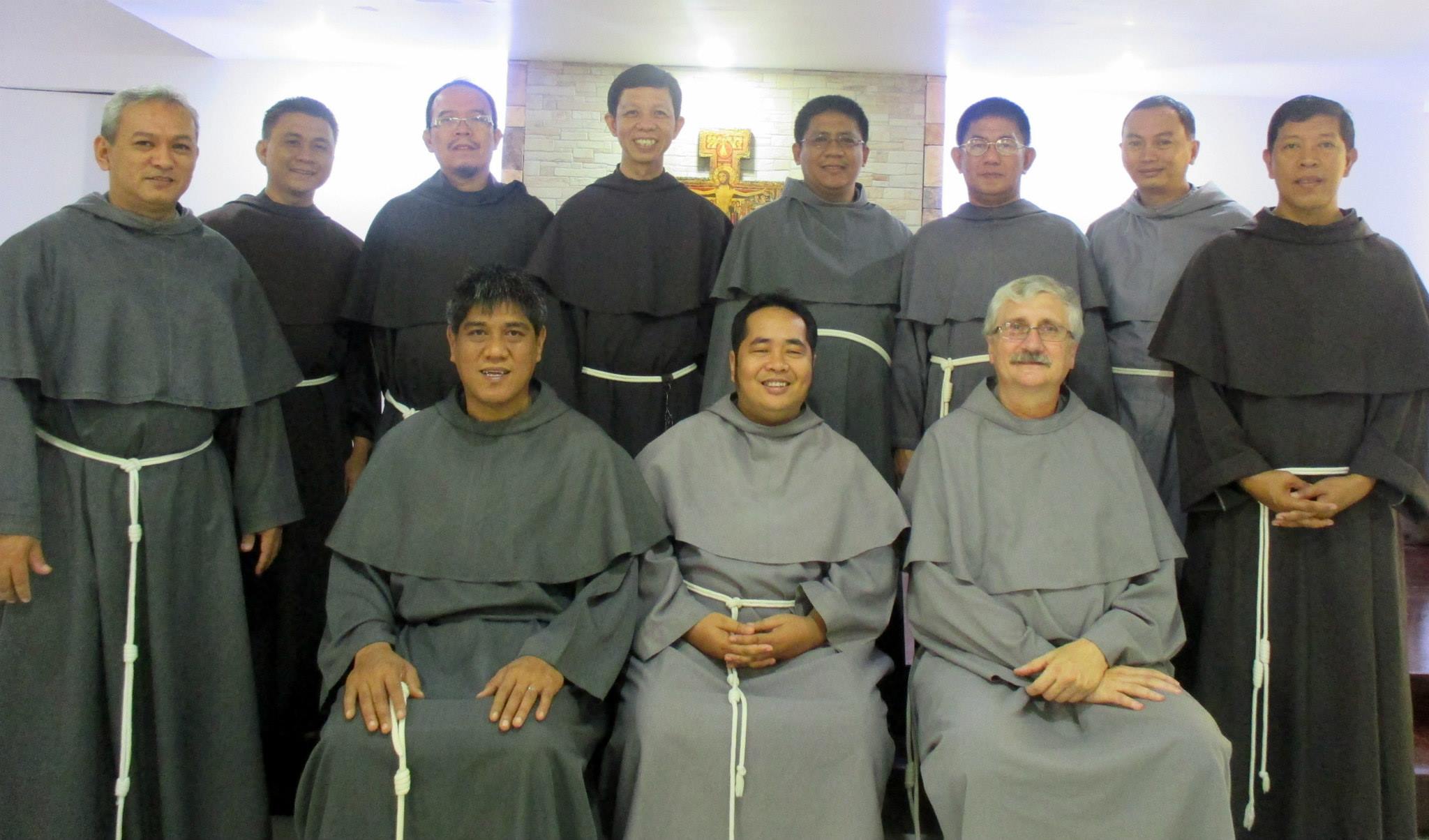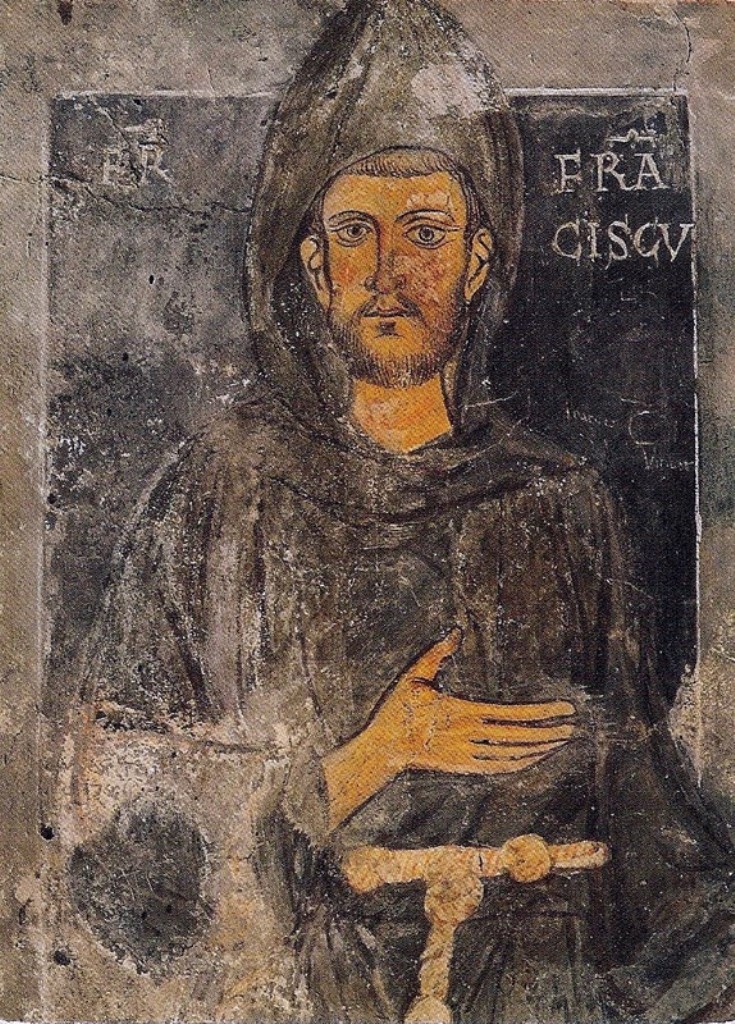|
Lašva Valley
The Lašva Valley () (Serbian Cyrillic: ) is a long valley in central Bosnia, defined geographically by the Lašva River's route. It is a tributary of the Bosna River. The Lašva River basin covers the territory of four municipalities: Travnik, Novi Travnik, Vitez and Busovača. History Ancient times The favorable geographical position of the Lašva Valley enabled the beginning of civilization along the Lašva River. However, due to the unprotected and open area, numerous occupiers chose the mountainous regions to protect themselves. The earliest known remnants of civilized people were the Romans. Romans were adapt to the terrain and surrounding because of military might, which was of the utmost importance for survival. Due to the presence of the Lašva River many settlers began to exploit it for economic benefits. They began trading goods which traveled from Travnik to Vitez. In addition to the river, the mountainous regions offered mineral deposits which in tur ... [...More Info...] [...Related Items...] OR: [Wikipedia] [Google] [Baidu] |
Bosnia And Herzegovina
Bosnia and Herzegovina, sometimes known as Bosnia-Herzegovina and informally as Bosnia, is a country in Southeast Europe. Situated on the Balkans, Balkan Peninsula, it borders Serbia to the east, Montenegro to the southeast, and Croatia to the north and southwest, with a coast on the Adriatic Sea in the south. Bosnia (region), Bosnia has a moderate continental climate with hot summers and cold, snowy winters. Its geography is largely mountainous, particularly in the central and eastern regions, which are dominated by the Dinaric Alps. Herzegovina, the smaller, southern region, has a Mediterranean climate and is mostly mountainous. Sarajevo is the capital and the largest city. The area has been inhabited since at least the Upper Paleolithic, with permanent human settlement traced to the Neolithic cultures of Butmir culture, Butmir, Kakanj culture, Kakanj, and Vučedol culture, Vučedol. After the arrival of the first Proto-Indo-Europeans, Indo-Europeans, the area was populated ... [...More Info...] [...Related Items...] OR: [Wikipedia] [Google] [Baidu] |
Turbe (Travnik)
Turbe is a settlement in the Travnik municipality, Federation of Bosnia and Herzegovina, Bosnia and Herzegovina.Spahić M. et al. (2000): Bosna i Hercegovina (1:250.000). Izdavačko preduzeće „Sejtarija", Sarajevo., The MapMučibabić B., Ed. (1998): Geografski atlas Bosne i Hercegovine. Geodetski zavod BiH, Sarajevo, ., pp: 4-5. The name is derived from the Turkish '' türbe''. Population Geography The village of Turbe is located in the upper valley of the Lašva River, about seven kilometres west of Travnik, on the M5 towards Donji Vakuf. This is where the two headwaters Karaulska Lašva (coming from the Karaula Pass) and Komarska Lašva (coming from the Komar Pass) unite. History In the 15th century, the village was conquered by the Ottomans. In 1878, as a result of the Congress of Berlin, Turbe was placed under Austro-Hungarian administration. During the Second World War, the village was badly destroyed. In the Battle of Travnik, in which the Yugoslav People's ... [...More Info...] [...Related Items...] OR: [Wikipedia] [Google] [Baidu] |
Monasteries
A monastery is a building or complex of buildings comprising the domestic quarters and workplaces of monastics, monks or nuns, whether living in communities or alone ( hermits). A monastery generally includes a place reserved for prayer which may be a chapel, church, or temple, and may also serve as an oratory, or in the case of communities anything from a single building housing only one senior and two or three junior monks or nuns, to vast complexes and estates housing tens or hundreds. A monastery complex typically comprises a number of buildings which include a church, dormitory, cloister, refectory, library, balneary and infirmary and outlying granges. Depending on the location, the monastic order and the occupation of its inhabitants, the complex may also include a wide range of buildings that facilitate self-sufficiency and service to the community. These may include a hospice, a school, and a range of agricultural and manufacturing buildings such as a barn, a f ... [...More Info...] [...Related Items...] OR: [Wikipedia] [Google] [Baidu] |
Friar
A friar is a member of one of the mendicant orders in the Catholic Church. There are also friars outside of the Catholic Church, such as within the Anglican Communion. The term, first used in the 12th or 13th century, distinguishes the mendicants' itinerant apostolic character, exercised broadly under the jurisdiction of a superior general, from the older monastic orders' allegiance to a single monastery formalized by their vow of stability. A friar may be in holy orders or be a non-ordained brother. The most significant orders of friars are the Dominicans, Franciscans, Augustinians, and Carmelites. Definition Friars are different from monks in that they are called to the great evangelical counsels (vows of poverty, chastity, and obedience) in service to society, rather than through cloistered asceticism and devotion. Whereas monks live in a self-sufficient community, friars work among laypeople and are supported by donations or other charitable support. Monks or nuns m ... [...More Info...] [...Related Items...] OR: [Wikipedia] [Google] [Baidu] |
Franciscans
The Franciscans are a group of related organizations in the Catholic Church, founded or inspired by the Italian saint Francis of Assisi. They include three independent religious orders for men (the Order of Friars Minor being the largest contemporary male order), an order for nuns known as the Order of Saint Clare, and the Third Order of Saint Francis, a religious and secular group open to male and female members. Franciscans adhere to the teachings and spiritual disciplines of the founder and of his main associates and followers, such as Clare of Assisi, Anthony of Padua, and Elizabeth of Hungary. Several smaller Protestant Franciscan orders have been established since the late 19th century as well, particularly in the Lutheran and Anglican traditions. Certain Franciscan communities are ecumenical in nature, having members who belong to several Christian denominations. Francis began preaching around 1207 and traveled to Rome to seek approval from Pope Innocent I ... [...More Info...] [...Related Items...] OR: [Wikipedia] [Google] [Baidu] |
Matej Ninoslav
Matej Ninoslav ( sr-Cyrl, Матеј Нинослав; died 1250) was the Ban of Bosnia in the period of 1232–50. Most of Bosnia was under the Kingdom of Hungary from 1235 to 1241. Ninoslav was also a Prince of Split in 1242–1244 during the local civil war. Ninoslav established control of most of Bosnia after the Hungarian withdrawal. Ninoslav continually defended Bosnia during the Bosnian Crusade that persecuted its heretic population. He was succeeded by his cousin, Ban Prijezda, in 1254. Biography Early rule Before his rule, early in his life, Ninoslav was an opposer of the Bosnian Church, a faithful Hungarian supporter and a pious Catholic Christian. Entering his rule, Matej Ninoslav forcibly replaced his predecessor, Stjepan Kulinić with the help of the adherents of the Bosnian Church, which caused good relations with Serbia to sour. During his rule, Ninoslav served as a faithful Hungarian vassal, but was greatly underestimated during his reign. The Prenestine Bish ... [...More Info...] [...Related Items...] OR: [Wikipedia] [Google] [Baidu] |
Ban (title)
Ban () was the title of local rulers or officeholders, similar to viceroy, used in several states in Central Europe, Central and Southeast Europe, Southeastern Europe between the 7th and 20th centuries. The most common examples have been found in medieval Croatia and medieval regions ruled and influenced by the Kingdom of Hungary. They often ruled as the king's governmental representatives, supreme military commanders and judges, and in 18th century Croatia, even as chief government officials. In the Banate of Bosnia they were always ''de facto'' supreme rulers. Historical sources The first known mention of the title ''ban'' is in the 10th century by Constantine VII, Constantine VII Porphyrogenitus, in the work ''De Administrando Imperio'', in the 30th and 31st chapter "Story of the province of Dalmatia" and "Of the Croats and of the country they now dwell in", dedicated to the Croats and the Croatian organisation of their medieval state. In the 30th chapter, describing in Medieval ... [...More Info...] [...Related Items...] OR: [Wikipedia] [Google] [Baidu] |
Bosnians
Bosnians (Serbo-Croatian language, Serbo-Croatian: / ; / , / ) are people native to the country of Bosnia and Herzegovina, especially the region of Bosnia (region), Bosnia. The term ''Bosnian'' refers to all inhabitants/citizens of the country, though people from the region of Hercegovina may prefer the demonym ''Hercegovinian''. The term is used regardless of any ethnic, cultural or religious affiliation. It can also be used as a designation for anyone who is descended from the region of Bosnia. ''Bosnian'' as a demonym is a nationality and does not imply any specific ethnic group. The term should not be confused with the ethnonym ''Bosniaks, Bosniak'', which refers to the largest ethnic group in the country. The native ethnic groups of Bosnia and Herzegovina are Bosniaks (50.1%), Serbs of Bosnia and Herzegovina, Bosnian Serbs (30.8%) and Croats of Bosnia and Herzegovina, Bosnian Croats (15.5%). Terminology In modern English language, English, term ''Bosnians'' is the mos ... [...More Info...] [...Related Items...] OR: [Wikipedia] [Google] [Baidu] |
Roman Catholic
The Catholic Church (), also known as the Roman Catholic Church, is the largest Christian church, with 1.27 to 1.41 billion baptized Catholics worldwide as of 2025. It is among the world's oldest and largest international institutions and has played a prominent role in the history and development of Western civilization. O'Collins, p. v (preface). The church consists of 24 ''sui iuris'' (autonomous) churches, including the Latin Church and 23 Eastern Catholic Churches, which comprise almost 3,500 dioceses and eparchies around the world, each overseen by one or more bishops. The pope, who is the bishop of Rome, is the chief pastor of the church. The core beliefs of Catholicism are found in the Nicene Creed. The Catholic Church teaches that it is the one, holy, catholic and apostolic church founded by Jesus Christ in his Great Commission, that its bishops are the successors of Christ's apostles, and that the pope is the successor of Saint Peter, upo ... [...More Info...] [...Related Items...] OR: [Wikipedia] [Google] [Baidu] |
Bosnian Church
The Bosnian Church ( sh-Latn-Cyrl, separator=/, Crkva bosanska, Црква босанска) was an autonomous Christian church in medieval Bosnia and Herzegovina. Historians traditionally connected the church with the Bogomils, although this has been challenged and is now rejected by the majority of scholars. Adherents of the church called themselves simply ''Krstjani'' ("Christians") or ''Dobri Bošnjani'' ("Good Bosnians"). The church's organization and beliefs are poorly understood, because few if any records were left by church members and the church is mostly known from the writings of outside sources — primarily Catholic ones. The monumental tombstones called '' stećak'' that appeared in medieval Bosnia, as well as Croatia, Serbia, and Montenegro, are sometimes identified with the Bosnian Church. Background Schism Christian missions emanating from Rome and Constantinople started pushing into the Balkans in the 9th century, Christianizing the South Slavs, and establ ... [...More Info...] [...Related Items...] OR: [Wikipedia] [Google] [Baidu] |





